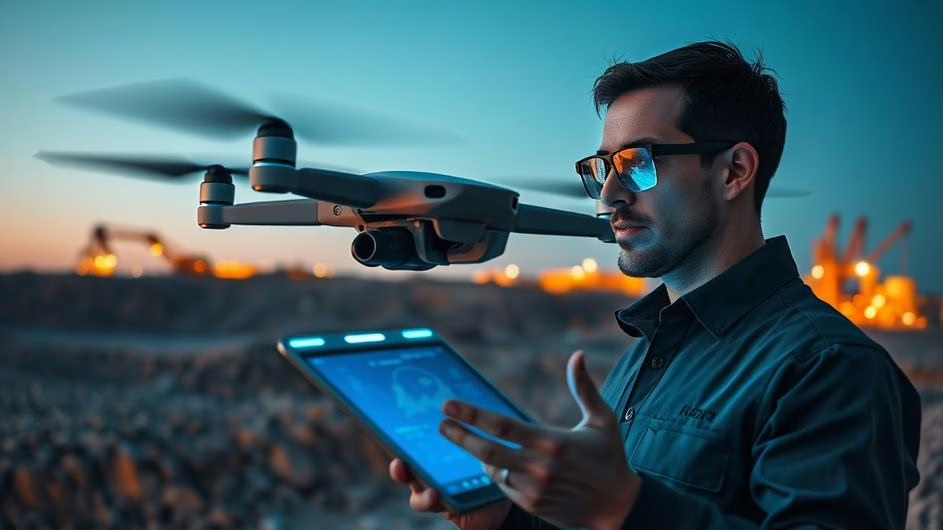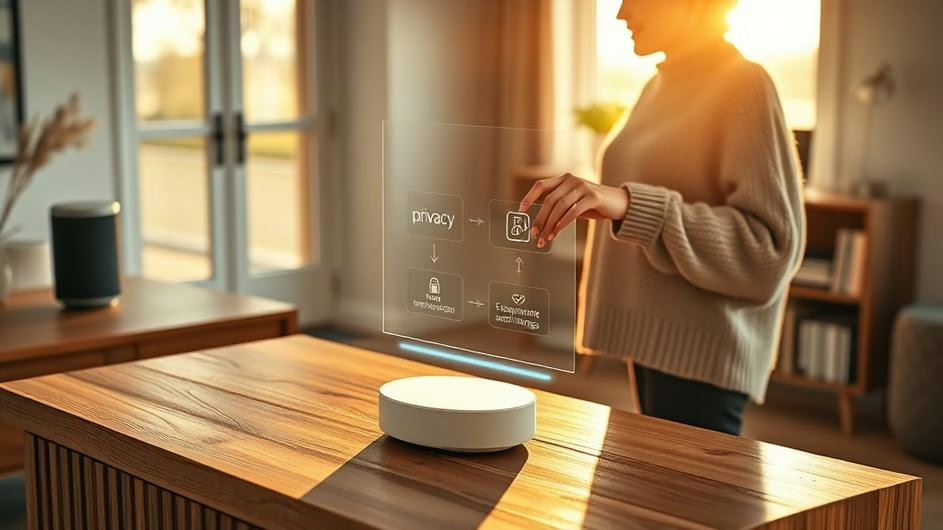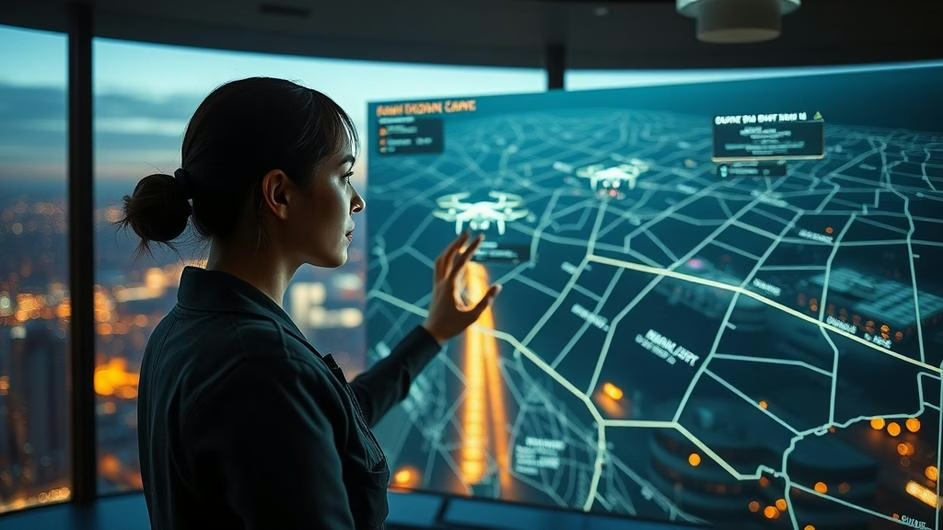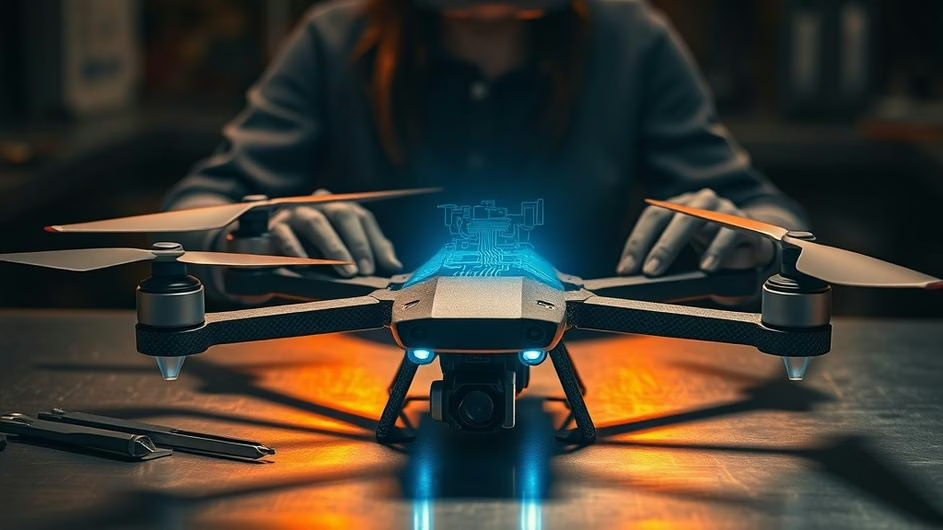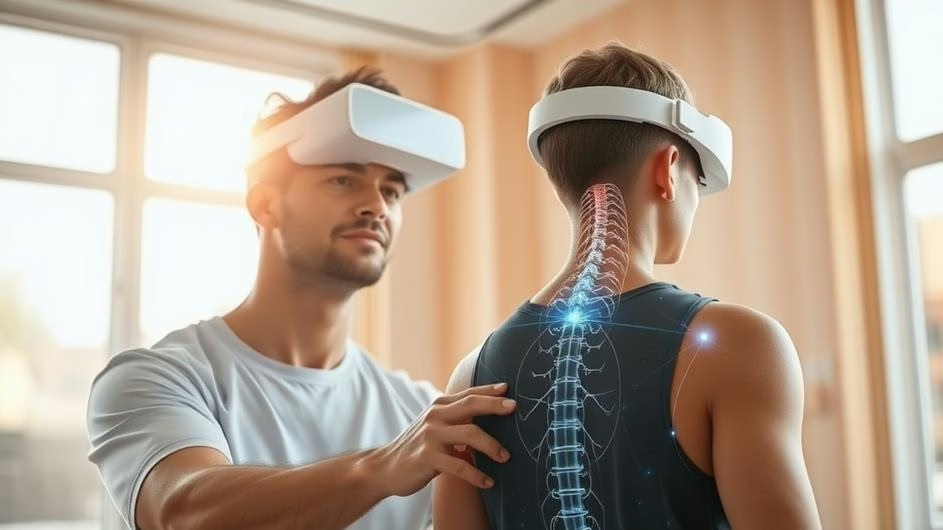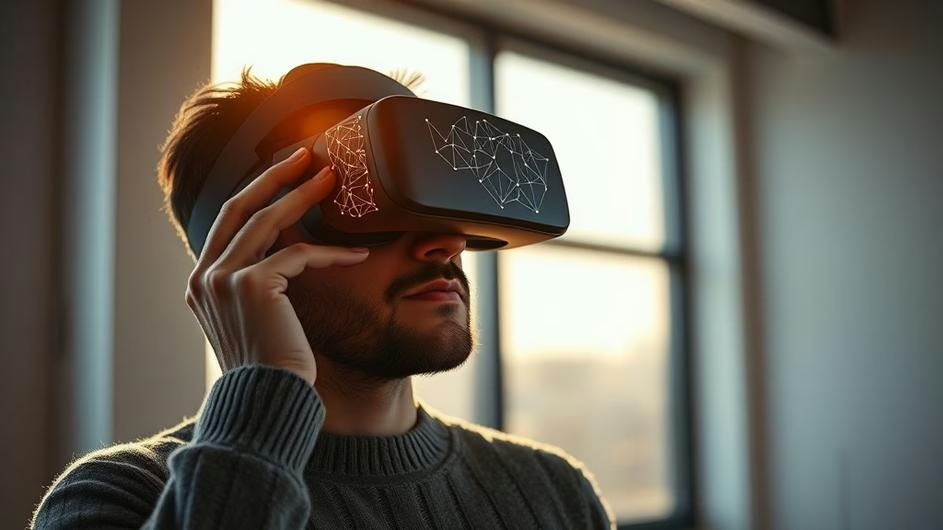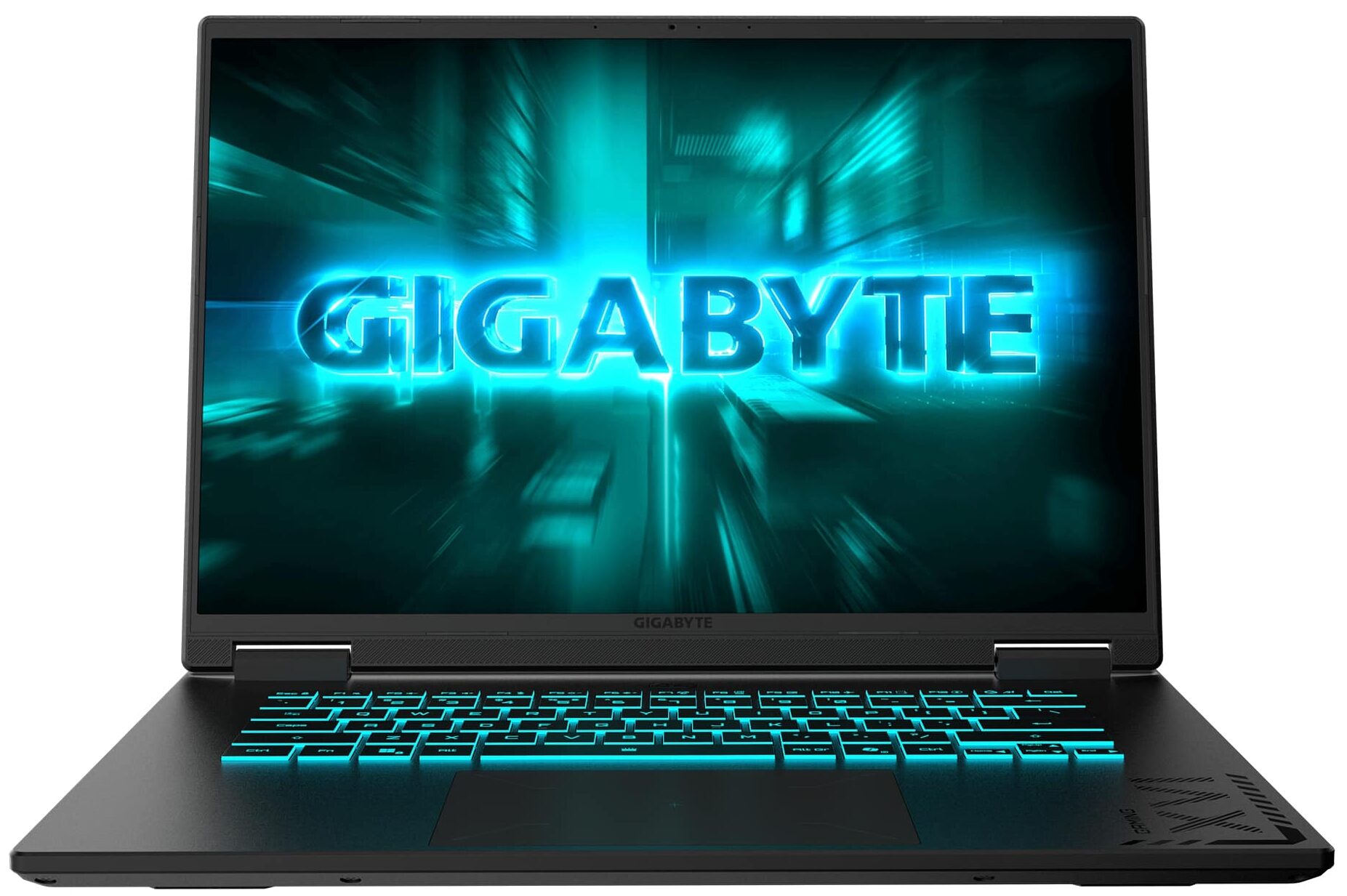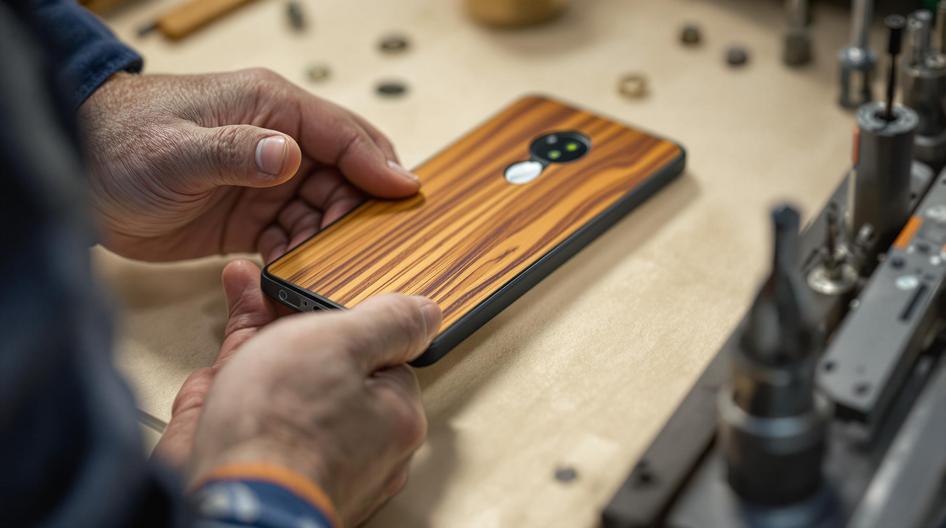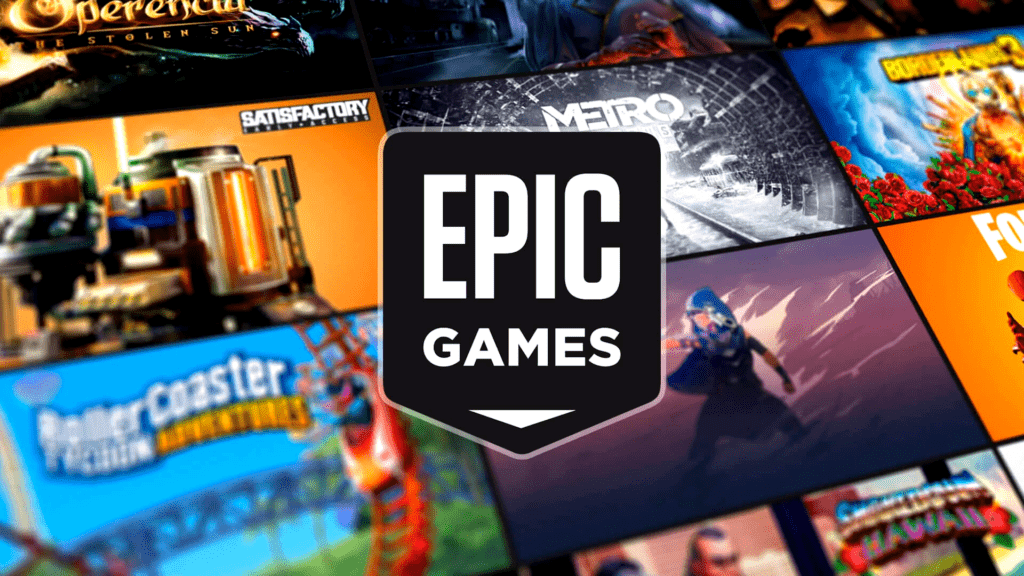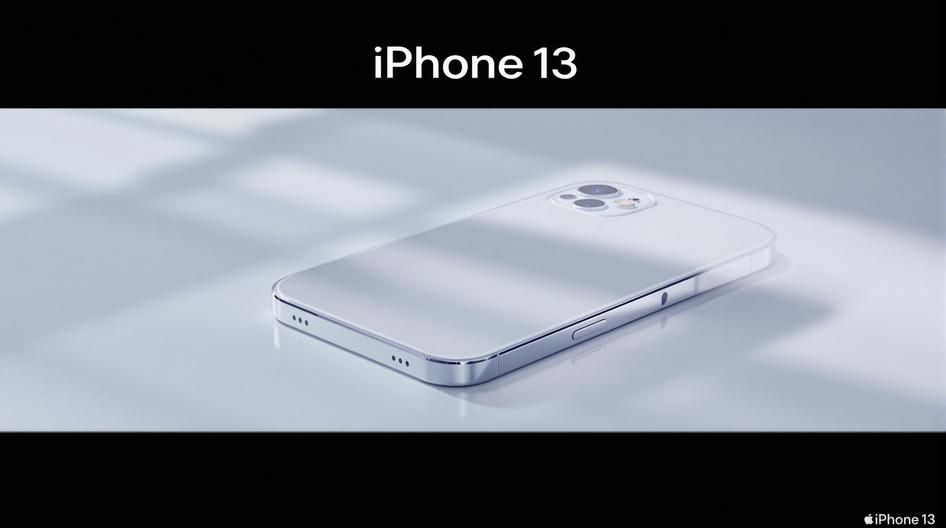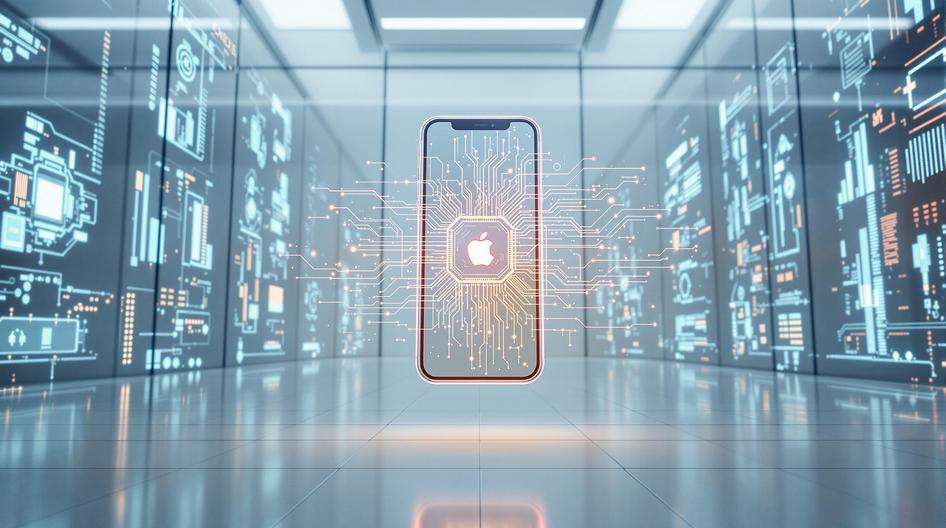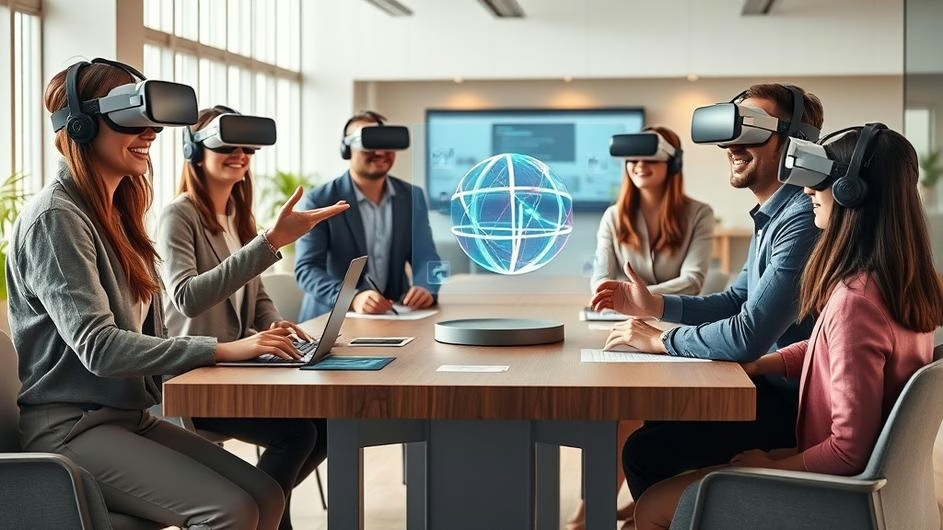
Slim VR Headsets, Pickleball XR, and Immersive Tools Are Reshaping Tech Innovation
Virtual reality is quietly growing up. It’s moving beyond the initial hype of gaming and entertainment to find solid ground in business, education, and teamwork. In today’s fast-moving tech world, feather-light hardware, intelligent software, and unexpected collaborations are making yesterday’s sci-fi concepts a reality. From Japan’s latest hardware to the worldwide demand for immersive work platforms, the lines between gadgets, games, and business tools are blurring. This shift is creating a new landscape with significant potential for Web3 and the broader digital economy.
The Hardware Gets Lighter and Smarter
Leading this charge is Sharp’s new Xrostella VR1 headset, a slim, lightweight device that recently appeared on the Japanese crowdfunding site GREENFUNDING. Don’t mistake this for just a nod to old-school PC VR design. It’s a strategic play in a market full of heavy-hitters like the Bigscreen Beyond 2 and Pimax Dream Air SE. The VR1 connects to a PC for high-powered virtual experiences, which is what you’d expect. But Sharp added a clever twist. It’s also compatible with its AQUOS smartphones, letting you project your phone’s display onto a huge virtual screen. While it might stay a Japan-exclusive, the Xrostella VR1 highlights a key trend: making powerful VR simpler and more flexible for everyone.
Beyond Gaming: VR Finds a Home at Work
And this isn’t just about gaming. The global market for next-generation workforce planning software is exploding, showing just how valuable immersive tools have become. New research reveals a growing ecosystem of VR headsets, AR glasses, 3D training simulations, and AI collaboration platforms. Industries from healthcare to manufacturing are using this tech to improve remote work, train employees in realistic scenarios, and boost skills. These platforms often use haptic feedback and gamification to make learning stick. For the Web3 community, this is a clear opportunity. Could we see tokenized credentials for virtual training or blockchain-verified content in these new digital workspaces? It seems like the logical next step.
Content Is King, and It’s Going Cross-Platform
Of course, great hardware is nothing without killer content. This December, Maze Theory and Vertigo Games are launching “Thief VR: Legacy of Shadow” on every major platform, including Quest, PSVR 2, and SteamVR. The game’s focus on stealth and tactile gameplay is designed for broad appeal. Titles like this are key to bringing more people into VR gaming. By supporting all major headsets, they break down the walls between different hardware ecosystems. This push for interoperability should sound familiar to anyone in the crypto space, where open standards are essential.
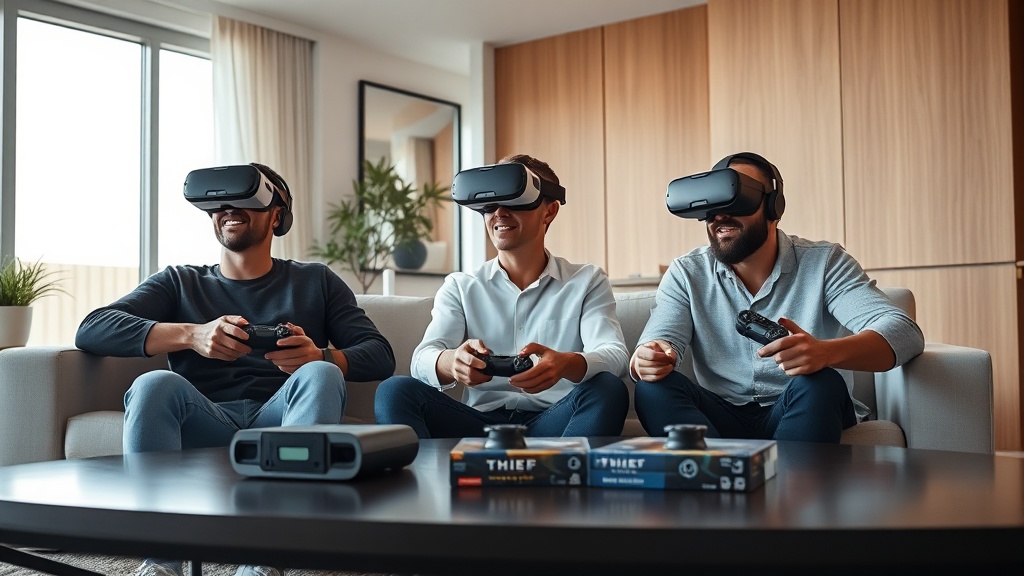
Where the Digital and Physical Worlds Collide
Perhaps the most exciting developments are happening in mixed reality (XR), where digital objects appear in the real world. A perfect example is “Pickle Pro” from Resolution Games. Using advanced spatial tracking, the game brings pickleball into a shared XR space. Players wearing Apple headsets can see and interact with each other as if they were on the same court, thanks to precise anchor technology. This seamless blend of digital and physical presence changes the rules of social interaction. It offers a glimpse into how future decentralized communities might meet, socialize, and even do business in a persistent, shared reality. What happens when your physical presence and digital avatar become one and the same? The implications are massive, especially for augmented reality.
The Web3 Connection: A Perfect Fit
All these innovations share a common foundation: interoperability, user control, and integration with our existing digital lives. As VR and AR hardware becomes more accessible and workplace tools more immersive, the door opens for Web3 and crypto to provide real value. Think of NFT-based credentials in virtual offices, decentralized marketplaces for XR apps, or blockchain-based digital identities that move with you from one platform to another.
Looking forward, this convergence of slim hardware, immersive software, and open marketplaces points to a new era for technology. Crypto investors and developers should watch the VR and XR space closely. It’s not just another emerging market. It’s becoming a laboratory for the next version of the internet, where reality itself is programmable, shareable, and secure.
Sources
- Sharp Is Crowdfunding A Strange Lightweight Tethered PC VR Headset, UploadVR
- Sharp is Crowdfunding a Slim & Light PC VR Headset in Japan That Feels Positively Retro, Road to VR
- ‘Thief VR: Legacy of Shadow’ Comes to All Major VR Headsets in December, Road to VR
- Next-Generation Workforce Planning Software Market Is Booming So Rapidly, newstrail.com
- ‘XR Is Having A Moment’: Colocated Pickleball With Pickle Pro From Resolution Games, UploadVR

